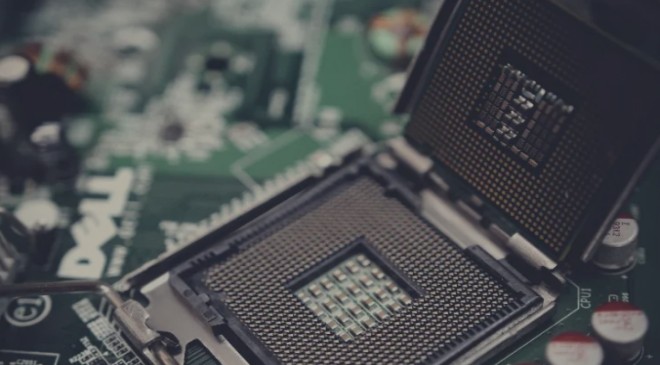India thus plans to make semi-conductors for the world and the development of this industry will be made by taking a holistic approach. The semi-conductor business is likely to contribute $1 trillion digital economy as India plans to reach the $5 Trillion mark by 2025-26.
It was on Wednesday that the Government of India announced a ₹ 76,000 crore package to create a a comprehensive ecosystem for semiconductor chip design, manufacturing and packaging. The Government has also announced that this will create employment to more than 1.35 lakh individuals and this will also help create an independent intellectual property for India as well. The policy not only incentivizes the manufacturing of chips in the country but also addresses other aspects like design and packaging. The ongoing semiconductor shortage has crippled many industries and has adversely affected the automobile industry. According to the Investment Information and Credit Rating Agency of India (ICRA) there will be half a million less cars sold this year because of the semi-conductor shortage crippling production.

According to ICRA there will be half a million less cars sold this year because of the semi-conductor shortage crippling production.
Speaking To ET, Union Minister for Electronics and Information Technology, Ashwini Vaishnaw, said, “India will be providing a 20-year roadmap where the focus will be to generate and nurture talent. In this agreement there is a very important agreement which is C2S (Chips To Startup). 85,000 highly talented engineers, will be created over the next few years in collaboration with 60 institutes. Dollars are available everywhere but it’s the brain which matters”
The development of the ecosystem has to be seen comprehensively and the incentives for the industry will matter a lot. Some of these incentives have been charted out and include
- Support by the government of upto 50 per cent of the project cost for semi-conductor and display fabs
- Support of up to 30 per cent of capital expenditure, for setting up compound semi-conductors/silicon photonics/sensor fabs and semi-conductor packaging facilities
- Design linked incentive scheme of upto 50 per cent of eligible expenditure
- Product deployment linked incentive of 6 per cent – 4 per cent on net sale for 5 years.

The ongoing semiconductor shortage has crippled many industries and has adversely affected the automobile industry.
India thus plans to make semi-conductors for the world and the development of this industry will be made by taking a holistic approach. The semi-conductor business is likely to contribute $1 trillion digital economy as India plans to reach the $5 Trillion mark by 2025-26. The production target has been set at $9.57 crore over the next 20 years. The government also expects exports to touch ₹ 5.15 lakh crore in the next 20 years and hence this move to make-in-India for the world is a crucial one to the growth of the economy as well.
India has already reached a level of $75 billion when it comes to the electronics business and that ecosystem has boosted the confidence of people. Vaishnaw added. “We are on the path of reaching $250 billion by 2025. And I am being conservative as the industry feels it will be $300 billion. Today there’s a good ecosystem that can consume these chips and that’s giving confidence to people. In the coming 4-6 months you will see a lot of action when it comes to approvals for chip manufacturers.”





































